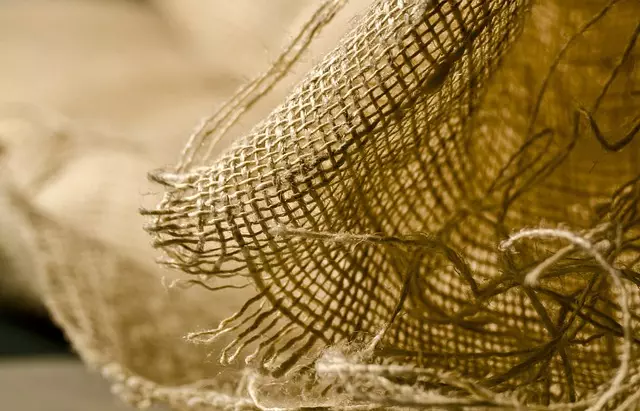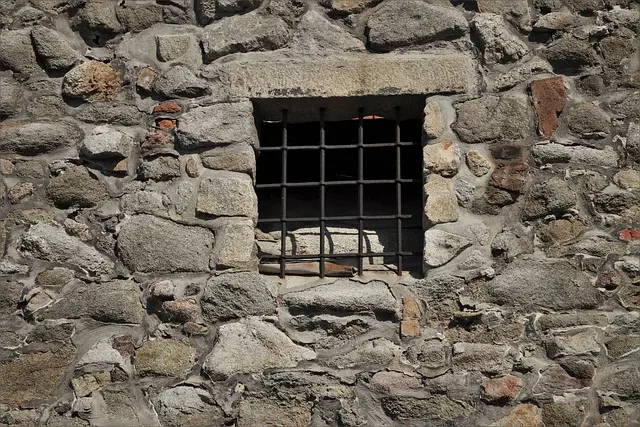Kratom from Malaysian sources has become a sought-after commodity in Nebraska's markets due to its exceptional quality and effects. The unique environmental conditions of Malaysia's cultivation regions contribute to kratom plants' distinctive alkaloid profiles, resulting in diverse strains that offer a range of benefits for users. In Nebraska, retailers have stocked up on popular Malaysian strains like Bali, Maeng Da, and Indo, offering consumers a wide array of top-tier kratom products. These products have gained popularity and acceptance within Nebraska's herbal supplement scene, thanks to their wellness benefits. However, it's important for consumers to be aware of the complex legal status of kratom in Nebraska, which is categorized as an "emerging drug" under state regulations and varies by locality. While some areas may have more lenient policies, others could see stricter control, so vigilance about local laws is crucial. Additionally, the successful cultivation of kratom in Nebraska mirrors the conditions of its native Southeast Asian environment, producing a high-quality kratom nebraska that closely resembles authentic Malaysian kratom, further solidifying Nebraska's place in the kratom market. Consumers looking for authentic and potent kratom should focus on reputable vendors who adhere to state regulations to ensure legal and responsible consumption.
Exploring the emergence of Malaysian Kratom Buds in Nebraska’s market, this article delves into their potency, legal status, and the unique cultivation practices that thrive within its fertile soil. As kratom nebraska interest grows, consumers and enthusiasts are curious about the characteristics, availability, and implications of this tropical plant in a Midwestern landscape. Join us as we unravel the intricacies surrounding Malaysian Kratom Buds’ journey from Southeast Asia to the heartland of America.
- Unveiling the Potency of Malaysian Kratom Buds in Nebraska's Market
- The Legal Landscape and Availability of Malaysian Kratom Buds in Nebraska
- Cultivation and Harvesting: Insights into Malaysian Kratom Buds Grown in Nebraska's Soil
Unveiling the Potency of Malaysian Kratom Buds in Nebraska's Market

Malaysian Kratom buds have garnered significant attention within Nebraska’s market, distinguishing themselves as a sought-after commodity among consumers. The potency of these buds is attributed to the unique climate and soil conditions of Malaysia, which facilitate the growth of kratom plants with exceptional alkaloid content. These conditions are conducive to producing strains that offer a diverse range of effects, from invigorating energy to soothing relaxation, making them a popular choice for both novice and seasoned users in Nebraska.
In Nebraska, the demand for kratom products has led to a robust market where Malaysian Kratom buds stand out due to their superior quality and efficacy. Retailers and online platforms alike are responding to this trend by offering an array of Malaysian strains such as Bali, Maeng Da, and Indo, tailored to meet the diverse preferences of consumers looking for natural alternatives to manage their well-being. The accessibility of these high-quality buds has made kratom Nebraska a focal point in the state’s herbal supplement landscape, with users frequently reporting positive experiences and benefits associated with their use.
The Legal Landscape and Availability of Malaysian Kratom Buds in Nebraska

In recent years, the legal status of Kratom has been a subject of considerable debate across the United States, including in Nebraska. As of the knowledge cutoff date, Kratom is not explicitly listed as a controlled substance under federal law, which places it in a gray area legally. However, individual states have the authority to regulate or ban its use within their jurisdictions. In Nebraska, the legal landscape for Kratom is nuanced; it’s classified as an “emerging drug” and is subject to specific regulations. Retailers looking to sell Kratom must navigate these laws carefully to ensure compliance with state mandates. For consumers in Nebraska interested in purchasing Kratom, including Malaysian Kratom buds, it’s crucial to stay informed about local ordinances, as the legal status can change and may differ from one municipality to another within the state.
The availability of Malaysian Kratom buds in Nebraska is influenced by these legal considerations. While some stores and online vendors may offer Kratom products, including those sourced from Malaysia, consumers should exercise due diligence when purchasing. It’s important for buyers to research and confirm that any seller they choose complies with state regulations. Additionally, the quality and purity of Kratom buds can vary significantly between suppliers, underscoring the need for transparency and reliable sourcing practices within the industry. For those residing in or visiting Nebraska, seeking out reputable sources that adhere to state laws is key to accessing Malaysian Kratom buds responsibly.
Cultivation and Harvesting: Insights into Malaysian Kratom Buds Grown in Nebraska's Soil

Kratom plants, originating from the tropical regions of Southeast Asia, have found a conducive environment for growth in Nebraska’s unique soil and climate conditions. The cultivation of Malaysian Kratom buds in Nebraska leverages the state’s fertile land and consistent moisture levels, which closely mimic the conditions essential for optimal Mitragyna speciosa growth. Farmers in Nebraska have adapted traditional Malaysian farming techniques to suit the local agricultural practices, ensuring that the Kratom grown here maintains the potency and quality expected from its native soil. The process begins with selecting high-quality strains, which are then carefully planted, nurtured, and harvested under controlled conditions to preserve their unique alkaloid profiles.
The harvesting of Malaysian Kratom buds in Nebraska is a meticulous process that involves regular monitoring for the perfect balance of leaf maturity and alkaloid concentration. The matured leaves are handpicked, ensuring minimal damage to the plant, which is crucial for maintaining sustainability and maximizing yield. After harvesting, the Kratom buds undergo a drying process that maintains the integrity of the alkaloids and enhances their bioavailability. This careful attention to cultivation and harvesting methods in Nebraska has resulted in a high-quality product that mirrors the efficacy and characteristics of its Malaysian counterpart, offering consumers a reliable source of Kratom with ‘kratom nebraska’ being synonymous with quality and consistency.
Malaysian Kratom buds have emerged as a significant point of interest within Nebraska’s market, offering unique benefits for consumers seeking alternative wellness solutions. The legal status and availability of these buds in the state are outlined, providing clarity on their use. Insights into the cultivation and harvesting processes that yield high-quality Kratom in Nebraska’s soil further underscore the importance of local sourcing for optimal effects. For those intrigued by the potential of Kratom nebraska has to offer, it’s clear that this botanical substance continues to carve a niche in the realm of natural wellness practices.






